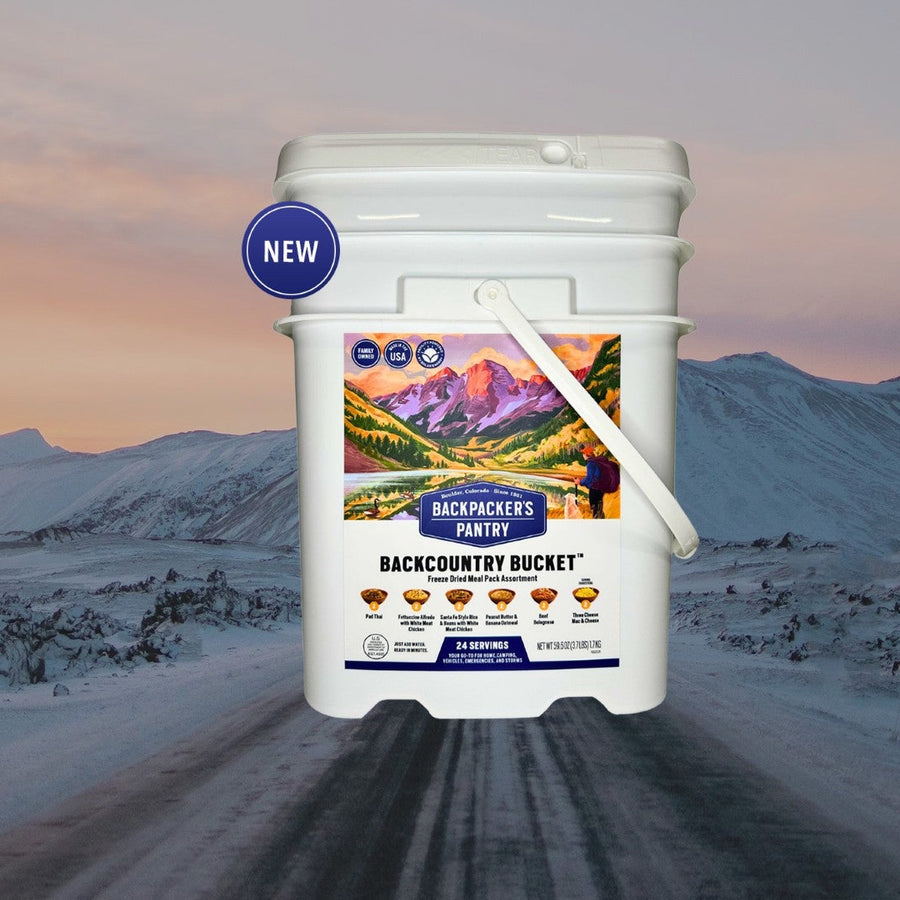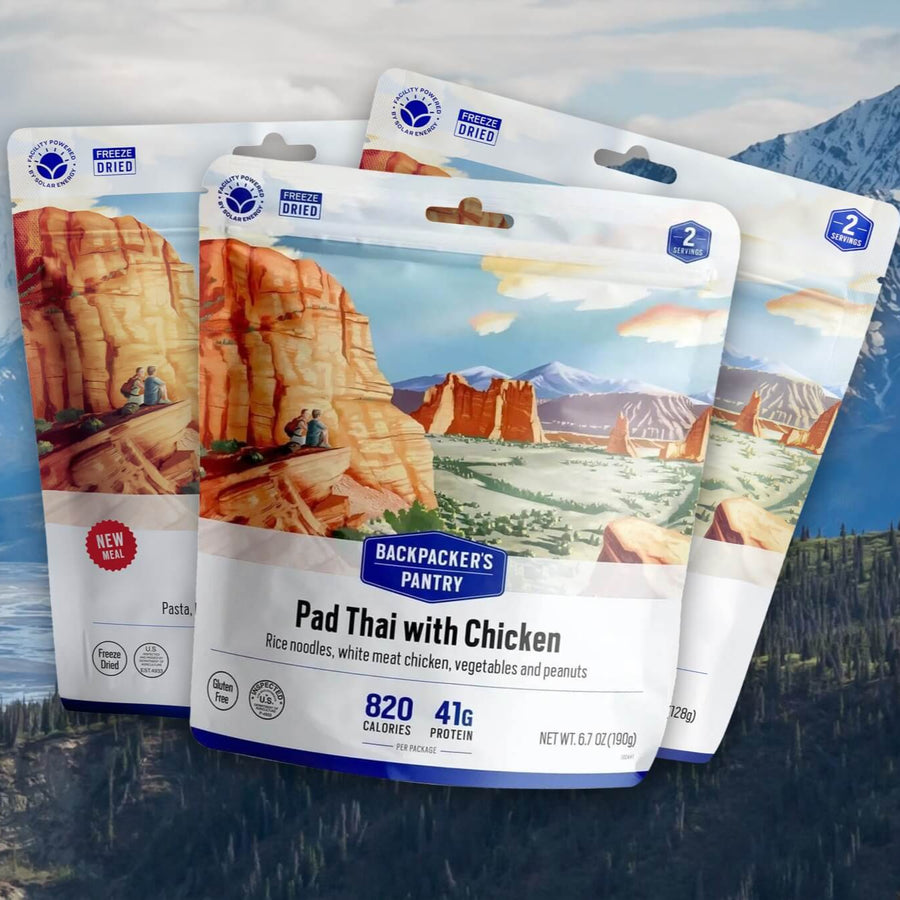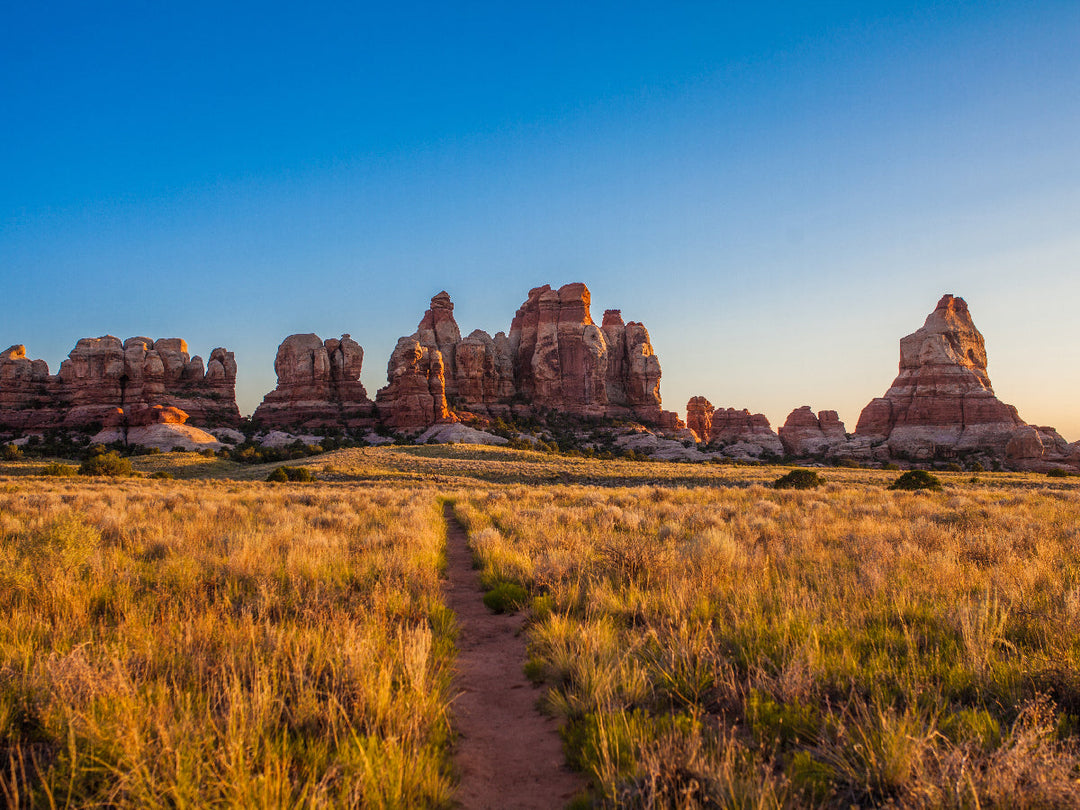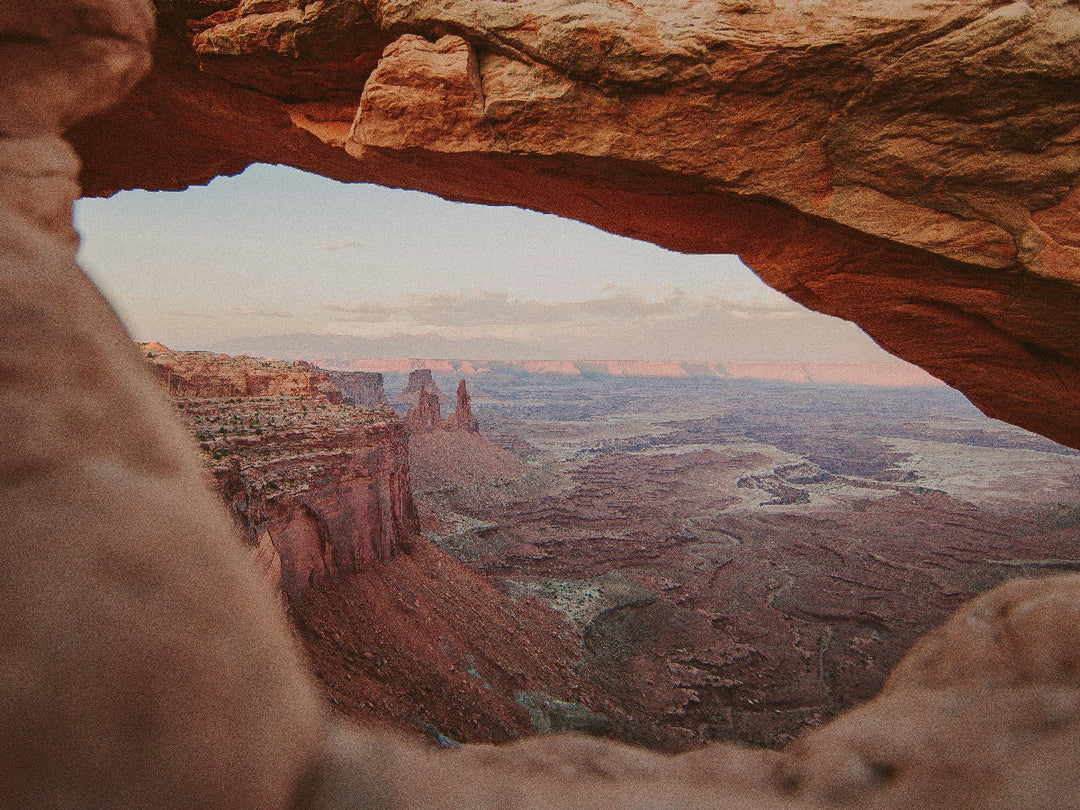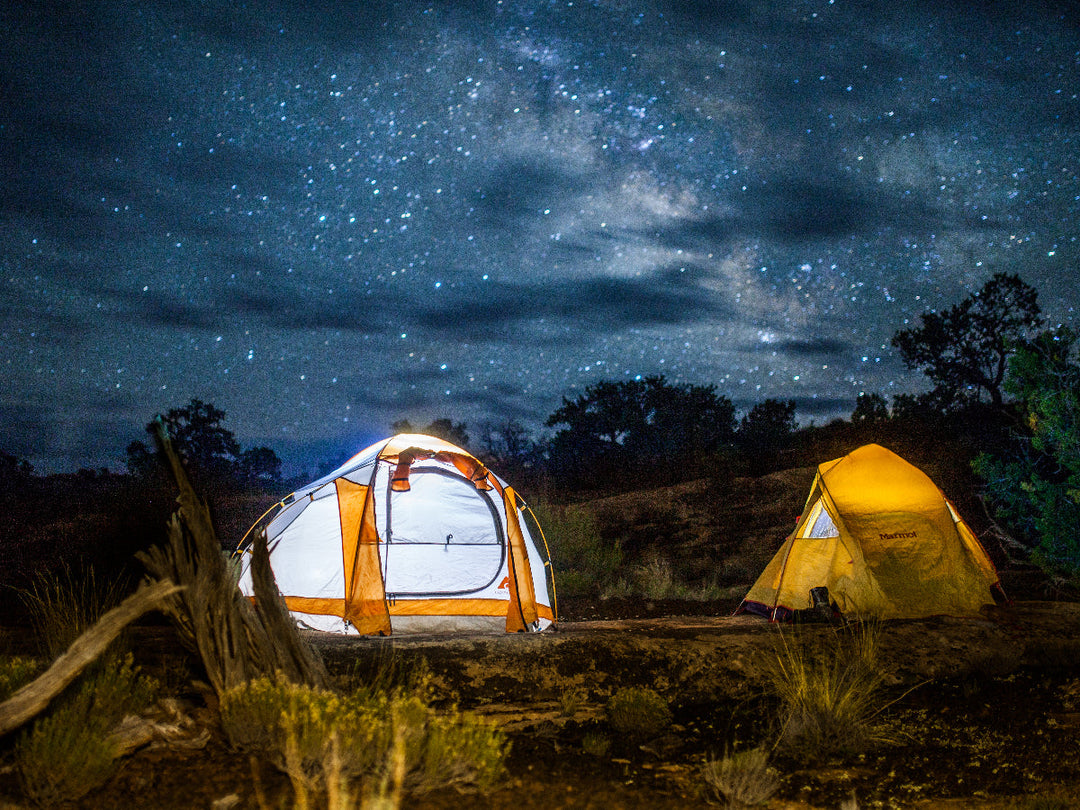Best Campsites in Shenandoah National Park - Car Camping & Backcountry
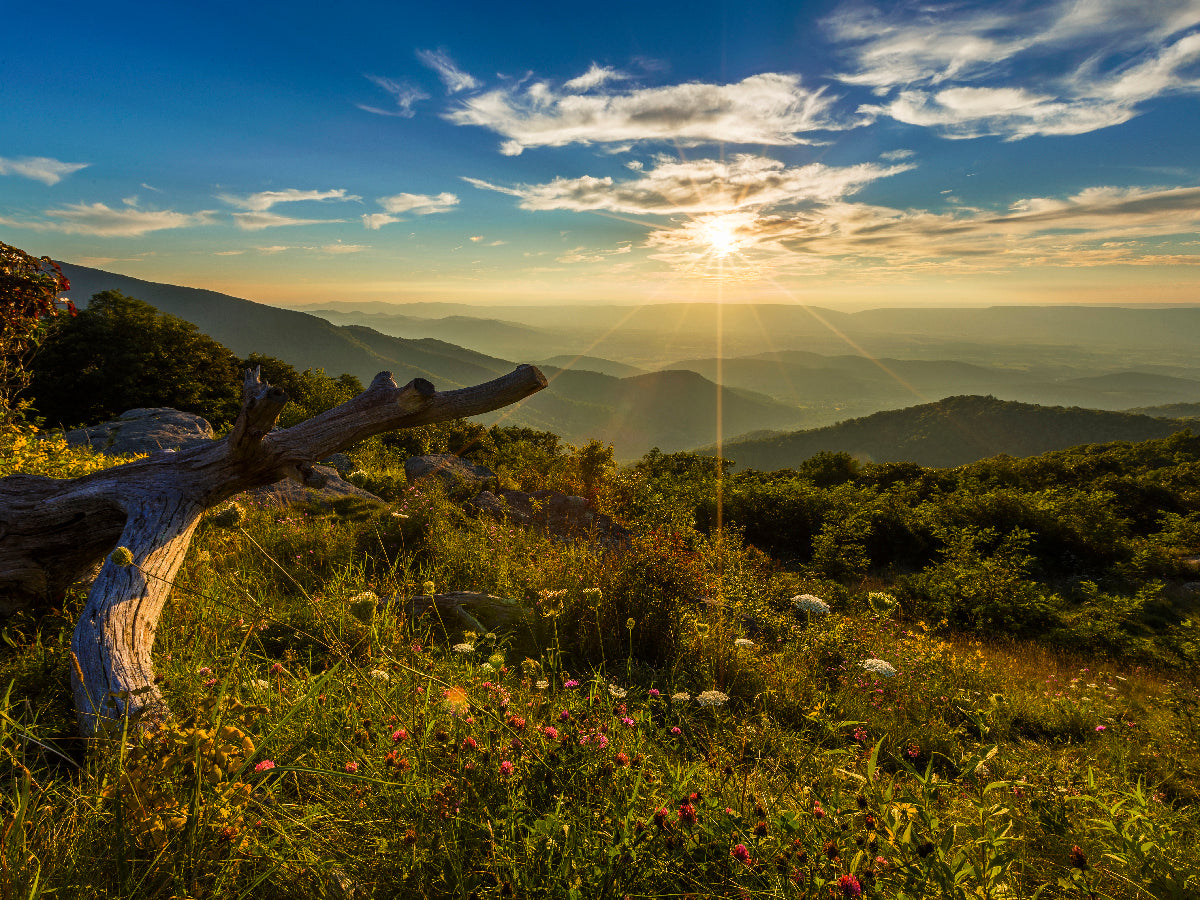
If you’re looking for a camping experience that combines natural beauty with centuries of history, Shenandoah National Park should be on your short list. This eastern National Park has it all, from ancient structures to cascading waterfalls, rocky peaks, and rolling valleys. And, while you can experience plenty of the park with day tours, to really get the most out of your trip, you should sleep in the park.
Luckily, Shenandoah National Park is one of the easier National Parks to camp in. It has five campgrounds, with a mix of reservable and first-come-first-served campsites that are open May-November, as well as dispersed backcountry camping throughout the park. Unlike many National Parks, Shenandoah has more campsite availability, so as long as it’s not a weekend or holiday, there’s a good chance you can find a campsite day-of.
This guide includes some of the best campsites in the park, as well as all the info you’ll need to make the most of your camping experience.
Best Campgrounds in Shenandoah National Park
Mathews Arm Campground
Description: The Mathews Arm Campground provides great access to the North side of the park. It combines a secluded feel with amenities including dining and camping supplies just two miles away. It has 3 group sites that make it perfect for bigger parties.
Directions
Available Seasons: May 2nd-November 3rd
Fees and Permits: $30 per night for single campsites, $75 for group sites
Reservations: A mix of first-come-first-served and online reservation-only sites

Big Meadows Campground
Description: If you want to be in the middle of the action, Big Meadows is the place to be. It’s located near the center of the park and provides great access to a variety of activities. It also has coin-operated showers and flush toilets.
Directions
Available Seasons: April 1st-November 30th
Fees and Permits: $30 per night for single campsites, $75 for group sites
Reservations: Online reservation only

Loft Mountain Campground
Description: Loft Mountain might just have the best natural access in the park. You’ve got great views, two waterfalls, and plenty of trails just a walking distance from your campsite. That makes it perfect for anyone who wants to spend as much time as possible in nature.
Directions
Available Seasons: May 2nd-November 3rd
Fees and Permits: $30 per night for single campsites
Reservations: A mix of first-come-first-served and online reservation-only sites
Best Backcountry Camping Sites in Shenandoah National Park
Backcountry camping in Shenandoah National Park has its own set of rules and regulations. All campers must get a backcountry permit, which you can do online here.
Laurel Prong and Hazeltop
Description: If you’re looking for a short (7.4 mile loop) hike with great camping off the Appalachian Trail, the Laurel Prong to Hazeltop loop is a great starting place. It’s got great views, that are moderately easy to access.
Directions
Available Seasons: Year-round
Nicholson Hollow and Corbin Mountain
Description: One of the best things about camping is waking up and swimming in a creek near your campsite. Nicholson Hollow is a great area to camp, with great swimming, and plenty of water to cook and wash with.
Directions
Available Seasons: year-round
Furnace, Jones, and Austin
Description: The Appalachians are an incredibly ancient mountain range, and this campsite puts that into perspective with its variety of geological features, including cascading waterfalls. Because it’s a challenging hike, this is best saved for experienced campers.
Directions
Available Seasons: year-round
What to Know Before You Go
There’s a reason that all of the established campgrounds are only open from spring through fall, winter in Shenandoah can be very cold. We recommend planning your camping trip between June and September for the best possible weather. And it’s always worth checking the weather and webcams before you leave for your trip so that you pack appropriately.
It can get very hot and humid in Shenandoah at the peak of summer, so for the best possible conditions go earlier in the spring and later in the fall. Regardless of the season though, be ready for rain, and always bring a waterproof coat.

Safety, Hazards and Other Considerations
Shenandoah National Park has three primary things to look out for. The park is home to black bears which are not that dangerous, but it’s still important to be bear-aware. Always pack all food in a bear-proof canister, and don’t leave food out and unattended in your campsite.
The second hazard is ticks. Shenandoah has plenty of ticks, and they can carry diseases. So, try to cover up exposed skin while moving through grass and brush, use repellent, and check yourself for ticks regularly.
Finally, the last hazard that you might bring to the park is the Emerald Ash Borer. This critter is a danger to the trees in the park, so make sure that you only bring USDA-certified firewood, or gather dead wood to use in the park. Additionally, you can only have fires in the park-provided grates, and there are no fires allowed when camping in the backcountry. Make sure your fires are all the way out when you leave them.
When it comes to choosing a backcountry campsite, it’s important to camp sustainably and leave no trace. In addition, Shenandoah has a few areas where no camping is allowed, as well as these guidelines for where you can and can’t camp. You can’t set up your tent: within 10 yards of a stream or other natural water source, 20 yards from any park trail or unpaved fire road, 50 yards away from another camping party or no camping post sign, 50 yards away from any standing buildings and ruins including stone foundations, chimneys, and log walls, 100 yards away from a hut, cabin, or day-use shelter, and1/4-mile away from any paved road, park boundary, or park facility.
All established backcountry campsites follow those regulations, and they’re worth keeping in mind when you’re looking for a place to lay your head.
What to Bring
If you’re staying in an established campsite, you can pack heavily, and reap the comfortable benefits. That means warm, soft beds, delicious meals, and hot coffee in the morning.
However, if you’re planning on camping in the backcountry, you’ll need to be more intentional with what you pack to make sure you have a good night’s sleep without overloading your pack. We’ve put together this backpacking guide to help you make sure you’ve got everything you need for wilderness camping.
Regardless of where you’re camping make sure to remember bug spray, sunscreen, and plenty of water, along with a water filtration or purification device. Finally, it’s worth loading your phone with the best apps for backpacking so that you’ve got access to all your planning and mapping resources even without cell service.
Planning Resources
To get into Shenandoah National Park, you’ll need a park pass. That costs $30 per vehicle, or $15 per person who walks in. Beyond that, you’ll need to pay for your campsite, or for your backcountry camping permit. If you’re dispersed camping, everyone in your group will also need a $9 recreation permit. Finally if you’re planning on visiting the Old Rag area, you’ll need your $2 special permit.
If you run into any questions while you’re in the park, there are two permanent Visitor Centers at Dickey Ridge and Big Meadows where park staff can assist you with any issues. Additionally, there’s a mobile Visitor Center that travels up and down Skyline Drive and has plenty of resources at your disposal.
